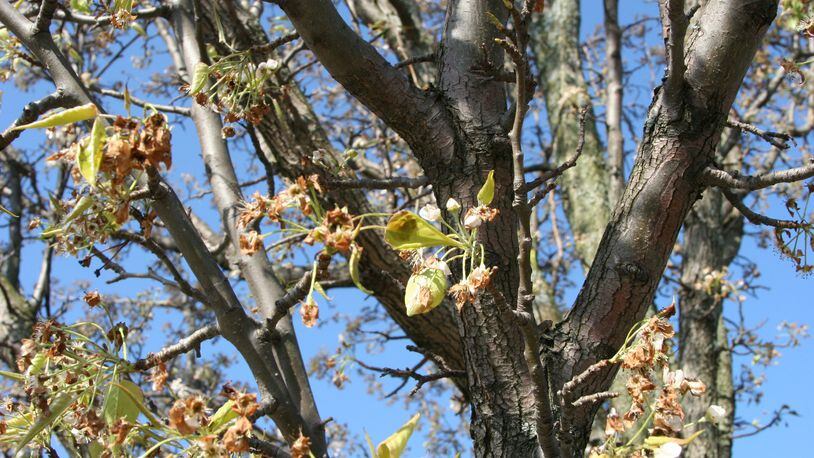On the other hand, if my landscape plants get caught in a cold snap and have damage this year, I just have to wait another year to enjoy them.
So I basically just sit back, watch the forecast, and wait to see what happens. That said, it was disappointing last year to see my “Betty” magnolia in full beautiful flower one day and covered with brown flowers the next.
There is really no way to predict cold-weather damage in the spring. There are a lot of variables that come into play.
The first variable is the plant species itself. Perennials for instance, are pretty cold-tolerant for the most part and many can withstand a light frost on the foliage.
They don’t like a hard freeze following several days of warm weather that pushes tender foliage growth. The foliage is likely to be damaged.
However, it’s not likely that the plant will be outright killed because as long as the root system is still viable, new foliage will appear from the crown or roots of the plant.
The best thing to do is cut all of the damaged foliage from the plant and let the new growth take over.
Spring bulbs such as tulips, daffodils and crocus are also susceptible to cold damage if they have a really warm spell followed by a freeze. The foliage can be damaged.
The flowers aren’t likely to be damaged in this situation unless the flower buds are up and exposed. Then they might get nipped.
The most important variable in determining cold damage to plants in the spring has to do with the weather prior to the predicted cold temperature.
If the weather is really warm and has pushed a lot of tender green plant growth (on any plants) and then we have a sudden drop in temperatures, its likely tender foliage or flowers will be damaged.
We are better off with a few days of warm temperatures and then a gradual decline in temperature.
You can take precautions and protect tender tissue from a sudden drop in temperature. For instance, if my daffodils are in full bloom and a freeze is predicted, I’ll go cut all of the flowers and enjoy them indoors.
I rarely cover plants if a freeze is predicted because I have too many to worry about. I tend to let nature take its course for the most part, and cut back any dead leaves and move on.
Keep this in mind as we enter this rollercoaster weather time of the year.
About the Author
